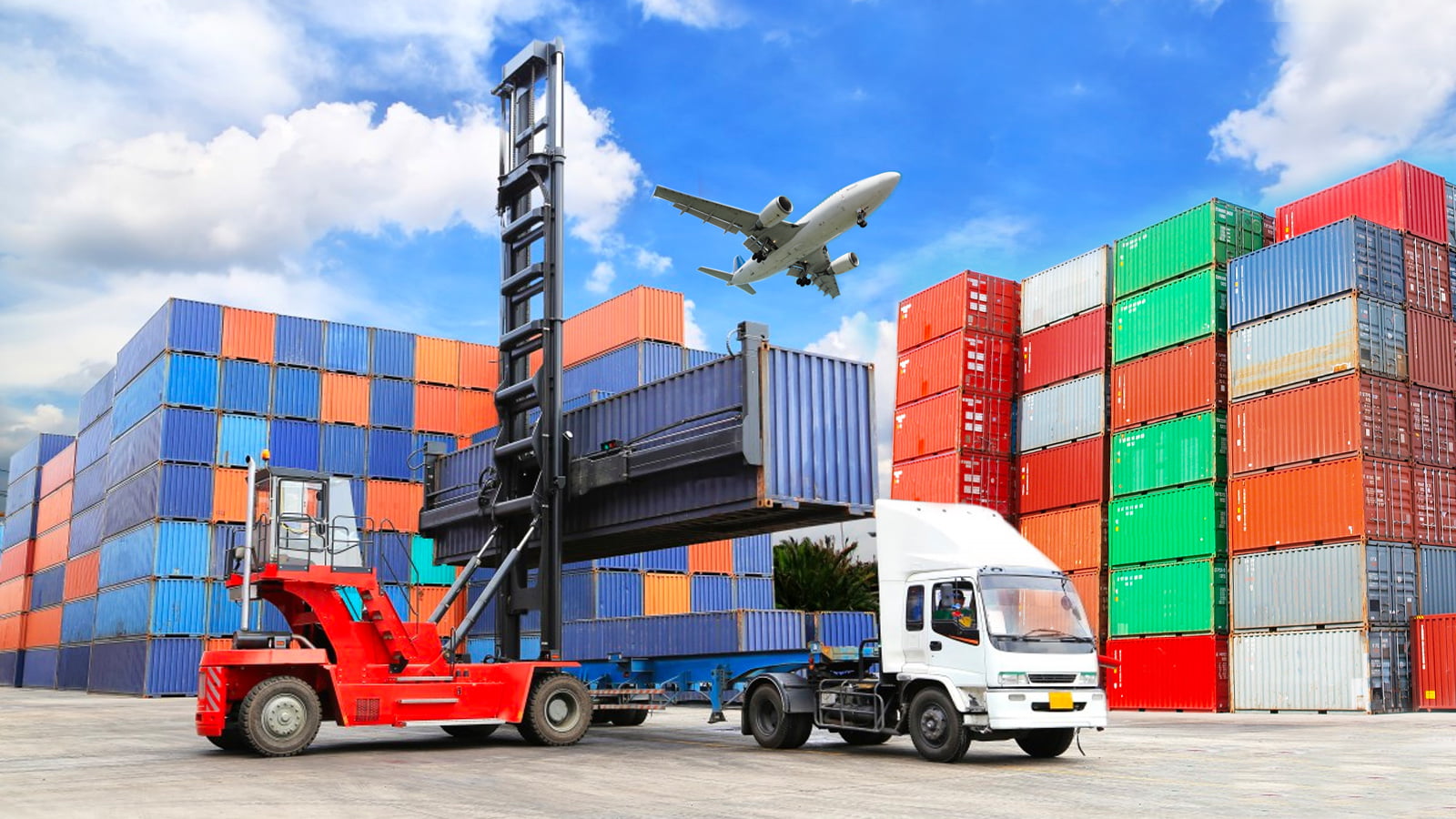Introduction to Container Shipping
Container shipping is the backbone of global trade, enabling the efficient and cost-effective movement of goods across vast distances. This method involves transporting cargo in standardized containers that can be easily transferred between ships, trucks, and trains. The system revolutionized international trade by simplifying loading and unloading processes, reducing shipping costs, and increasing cargo security. By utilizing uniform containers, businesses can streamline their logistics and ensure that products reach their destinations safely and efficiently. The development of container shipping has had a profound impact on global commerce, facilitating the growth of international markets and fostering economic development.
The Evolution and Standardization of Containers
The evolution of container shipping began in the mid-20th century, with the introduction of standardized containers that transformed the logistics industry. Before containers, goods were often loaded and unloaded manually, leading to inefficiencies and increased labor costs. Malcolm McLean, a pivotal figure in this transformation, introduced the concept of containerization in the 1950s, which involved using large, standardized containers to carry goods. These containers could be easily transferred between ships, trucks, and trains, reducing the need for manual handling. The adoption of the ISO (International Organization for Standardization) standard further enhanced efficiency by ensuring that containers were uniform in size and design. This standardization paved the way for the widespread use of container ships, which are specifically designed to carry these standardized containers.
The Advantages of Container Shipping
Container shipping offers numerous advantages over traditional shipping methods. One of the primary benefits is cost-effectiveness. Standardized containers allow for efficient loading and unloading, reducing labor costs and minimizing port congestion. Additionally, containers are designed to be weather-resistant, providing protection for goods during transit and reducing the risk of damage. The ability to easily transfer containers between different modes of transport also streamlines the supply chain, enabling faster and more reliable delivery of goods. Moreover, container shipping enhances cargo security by minimizing the risk of theft and pilferage, as the goods are sealed inside containers that are difficult to tamper with. These advantages have made container shipping the preferred choice for global trade, contributing to its widespread adoption and continued growth.
The Future of Container Shipping
The future of container shipping is poised for continued evolution, driven by advancements in technology and changing market demands. Innovations such as smart containers, which are equipped with sensors and tracking devices, are enhancing cargo monitoring and security. These smart containers provide real-time data on the condition and location of goods, allowing for better management of the supply chain. Additionally, the industry is increasingly focused on sustainability, with efforts to reduce the environmental impact of shipping operations. This includes the development of more fuel-efficient ships and the exploration of alternative energy sources, such as LNG (liquefied natural gas). As global trade continues to expand, container shipping will remain a crucial component of international logistics, adapting to new challenges and opportunities to meet the evolving needs of the global market.

